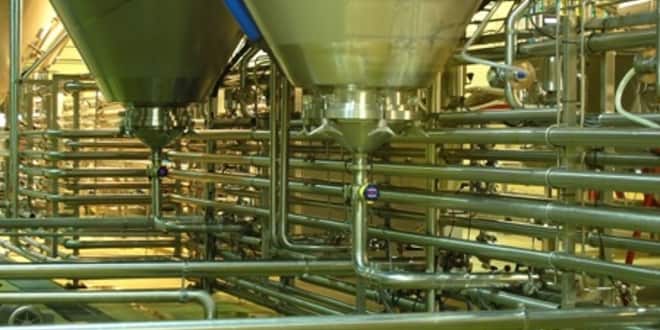Gravimetric Determination of Sulfate In an Unknown Solution
GRAVIMETRIC DETERMINATION OF SULFATE IN AN UNKNOWN SOLUTION
AIM
The main objective of this experiment is to determine the concentration of sulfate ion in an unknown solution by using gravimetry.
INTRODUCTION
Gravimetric analysis is based on the measurement of the mass of a substance of known composition that is chemically related to the analyte. Gravimetric analysis includes precipitation, volatilization and electrodeposition methods.
In precipitation gravimetry of the analyte is carried out by the use of inorganic or organic precipitating agents. The two common inorganic precipitating agents are silver nitrate, which is used to precipitate halide ions such as chloride, and barium chloride for precipitating sulfate ion.
Additionally, potassium, ammonium, rubidium, and cesium ions can be precipitated by sodium tetraphenylborate. Sulfate is quite common in nature and may be present in natural water in concentrations ranging from a few to several thousand milligrams/liter. Sulfates are of considerable concern because they are indirectly responsible for two serious problems associated with the handling and treatment of wastewater. Odor and sewer corrosion problems result from the reduction of sulfates to hydrogen sulfide under anaerobic conditions.
…




